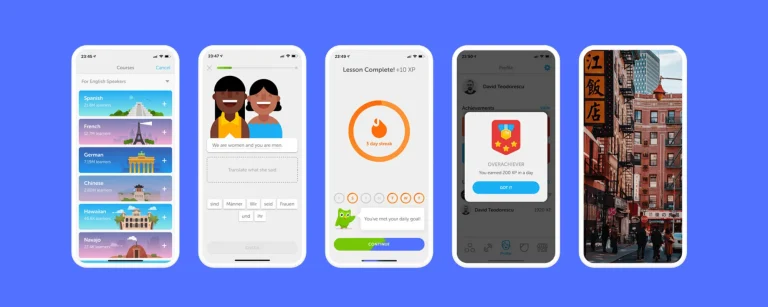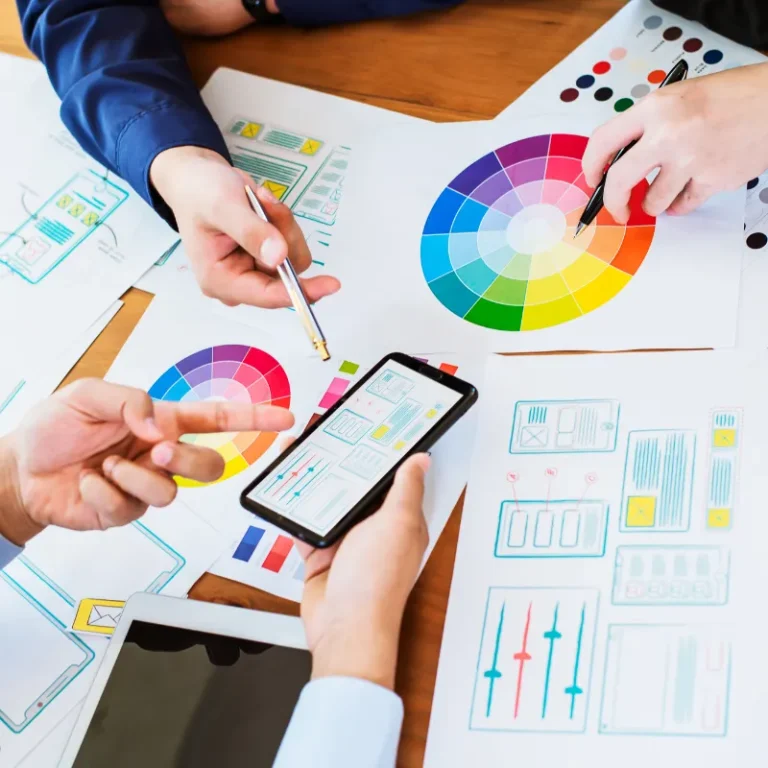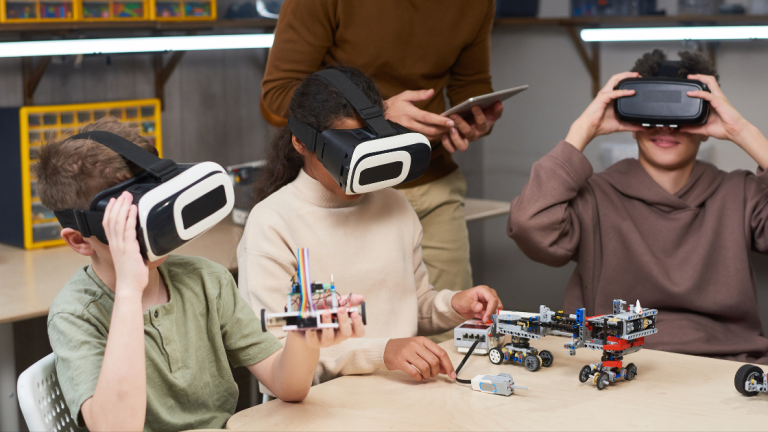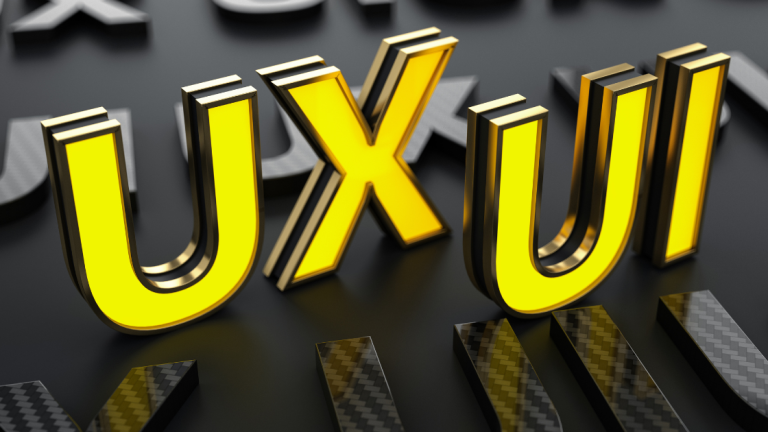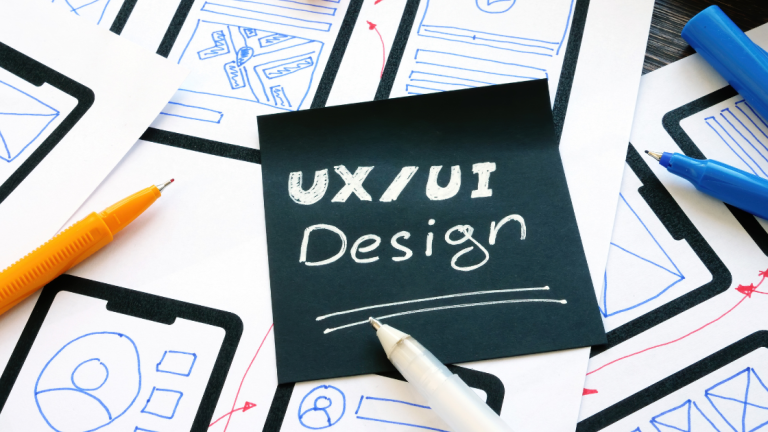User experience has always been an important concern in the development of digital products. However, traditional UX testing has often relied on manual processes, which can be time-consuming and expensive, sometimes limited in scope. That’s where AI-driven UX testing comes into play: a game-changing approach that leverages machine learning to streamline and amplify user research. As AI technology continues to evolve, it is fundamentally changing how designers testing through ai and ux research, whereby they can now gain more accurate insights faster and, more importantly, improve the user experience.
The Shift From Traditional To AI-driven UX Testing
A/B testing, usability studies, and user interviews are all traditional methods of UX testing. They form the foundation of user research, dating back decades. While effective, these can be very labor-intensive; gathering data and analyzing it may take a lot of time and resources. Another limitation is that traditional testing often captures only a snapshot of user behavior and can miss nuanced insights that could lead to more impactful design decisions.
In turn, AI-driven UX testing uses machine learning algorithms to push these processes onto automation and enhancement. While manual research might find it difficult to scan through an immense amount of data with precision, AI-driven tools guarantee speed and precision. This allows designers to make data-driven decisions more confidently than ever before.
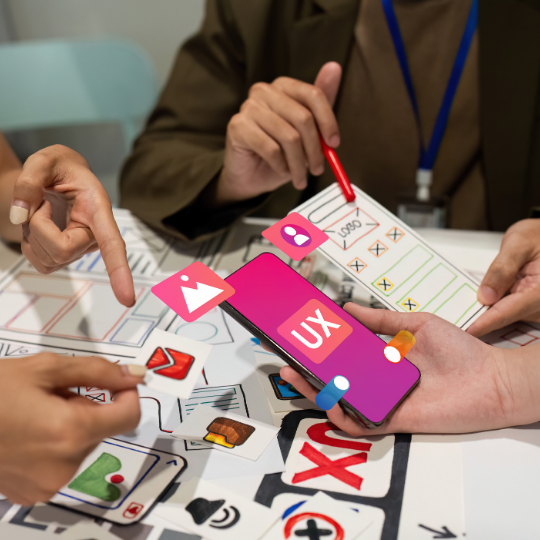
How AI And Machine Learning Enhance UX Testing?
- Automated Data Analysis: Key among the benefits of AI-driven UX testing is the fact that data analysis is automated. Machine learning algorithms can process massive volumes of real-time user data, making the detection of patterns and trends much quicker than manual methods. For example, AI can analyze user behavior on a website or app, identify areas where users are struggling, or dropping out. This also allows designers to quickly pinpoint usability issues that can be improved upon for a better user experience.
- Predictive User Behavior Modeling: The predictive analytics capability of machine learning lets it forecast user behavior based on past interactions. This allows AI-driven tools to predict the way users are most likely to interact with new features or design changes by analyzing historic data. Such predictive modeling guides the designer through informed decisions on which elements to test and optimize and reduces risk from poor user reception to enhance the chances of success.
- Personalization at Scale: Perhaps the burgeoning need and frontier of UX design where AI-driven testing is leading a charge to make it happen. Machine learning algorithms analyze individual user preferences and behaviors to deliver personalized experiences that cater to specific needs. For example, AI can segment users based on their usage patterns and test variations of designs against each group to see what works best. It is the level of personalization that cannot be manually attained and done to scale. This leads to more engaging and effective user experiences.
- Real-time Feedback and Iteration: In traditional UX testing, the feedback loop is very long. In most cases, it takes a lot of time to receive user feedback from which designers can make adjustments. AI-driven UX testing shortens this cycle significantly. With the possibility of real-time data analysis and automated feedback mechanisms, designers can iterate quickly in short time-feathers, making changes on-the-go and testing them almost immediately. This agile approach ensures continuous improvement and quicker times to market for digital products.
Challenges And Considerations
Though AI and technologically driven UX testing offer considerable benefits, they also surge along with certain challenges. First off, too much reliance on AI may take the human aspect out of UX design. Powerful machine learning algorithms come without certain emotional and psychological elements that make up human experience and can be intuitively anticipated by human researchers. A balanced approach is required to interwork AI-enriched insights with human-centered design principles.
Other considerations, of course, are data privacy. As AI tools collect and process huge volumes of user data, managing that data in an ethical and secure way is of utmost importance. Designers and researchers have to be super transparent about their data collection, and follow all the regulations, like GDPR, to keep users’ trust.
The Future Of AI-Driven UX Testing
But as AI and machine learning for UX testing are still in their infancy, the scope for growth is immense. With the growth of AI technology, more advanced tools will emerge that will provide deeper insights on user behavior and preferences. Furthermore, one could probably even expect from advanced future proposals AI-driven tools whose main task and purpose are the ability to simulate user behavior inside virtual environments.
That is, moreover, democratization in access to such technologies that will be enabled as AI is increasingly commoditized; meaning becoming more affordable and more accessible, smaller companies and start-ups can harness such technologies. Making the tools mainstream within the UX market is going to boost the competitive nature of the market, in which user experience is deemed one of the biggest differentiators in any digital product.
Conclusion
AI-powered UX testing changes the way one can approach user research, as it acquires quicker, more precise, and personalized insights into the way users behave. What automates data analysis, predicts user behavior, and enables scalability of personalization—all capable of real-time feedback—are the designers of change in the companies striving for more effective and engaging digital products. And the future of AI and UX research really does look bright when you consider it: the possibilities to change and innovate are really there for the taking.


